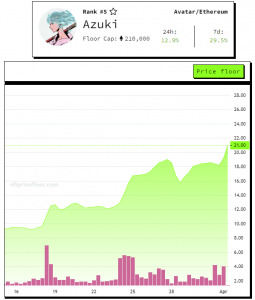— June 1, 2018
Creating Websites for Different Cultures
Taking your company’s message on the road and across international borders involves a lot more than a couple of new domains and maybe a few translated web pages. Sure, multilingual web designs, accurate and idiomatic translations, and local-favorite font choices and type-setting strategies are foundational. But what is it that really gives a website wings to take your brand into the heart of a new country and culture?

Take a Look Around
Have you ever surfed a South Korean, Chinese, or Japanese website? Far from the empty white spaces associated with Zen Buddhist stereotypes, those sites are packed. Landing pages are as dense and vibrant as a Seoul street market, bright and flashing like Akihabara at night. Dozens of small, primary-colored squares pop with life. Gifs, videos, and text animations grab the eye and invite a click. Hundreds of brands and messages share tight space the same way tiny shops are packed together in a traditional Asian market place.
Asian sites are information-dense, offering hundreds of options and massive detail to the searcher. Sites like this may look cluttered to western eyes accustomed to seeing a few basic elements laid out around a focal point on the page. The take away: Asians like to browse a huge selection of options while Westerners like to focus on a few neatly displayed items.
Another factor is the matter of Internet speed. Frankly, most people in the West don’t have the broadband speed needed to make an Asian-style site work well. Compare the blazing 174.94 Mbps average broadband speeds of Singapore or even the mere 110.10 Mbps most South Koreans enjoy with 91.46 Mbps in America, 73.99 in France, or the relaxed 55.70 Mbps common in Germany. Page load speeds may be annoying to Western-based web surfers touring Asian sites.
Local Knowledge Matters
So we already have two major considerations faced by the erstwhile transnational marketer: cultural preferences and access capabilities. Micro-level design details matter as well. For example, Indian websites tend to have an ornate, formal feel with lots of group shots, washed out duotone colors, and gold highlights. Completely different than the bold colors, hand-drawn typefaces, and street- or folk-art touches that let local cultural traditions show through on Latin American sites.
French designers are influenced by that country’s long artistic history and are proud of the certification or qualifications they’ve obtained, often showing multiple logos of who they’re endorsed by or associated with. Spanish sites feature eye-catching typography, plenty of red and other bright colors, and interesting textures and patterns. Scandinavians like minimalism, and clean, simple designs are presented with a natural look when it comes to materials and textures. German websites tend to be cutting edge, often moving away from the traditional multi-element wire frames and including dynamic elements.
An important takeaway when designing for the European market is to remember that the 50 sovereign European states are home to a wide variety of cultures and 225 languages. Europe is one continent but don’t make the mistake of thinking the region presents the unified tastes found in the United States.
Call in the Pros
There is a lot to know about building an effective multi-national web and marketing presence. It all starts with a responsive website that runs well and looks good on any device while making a fluent connection with local tastes and sensibilities. Running your existing site through Google translate is not going to do the job. If you want to successfully expand your market across international borders, call in a team of experts who can handle site design, graphics, native language translation, SEO optimization, international link-building, and much more.
Digital & Social Articles on Business 2 Community
(72)









